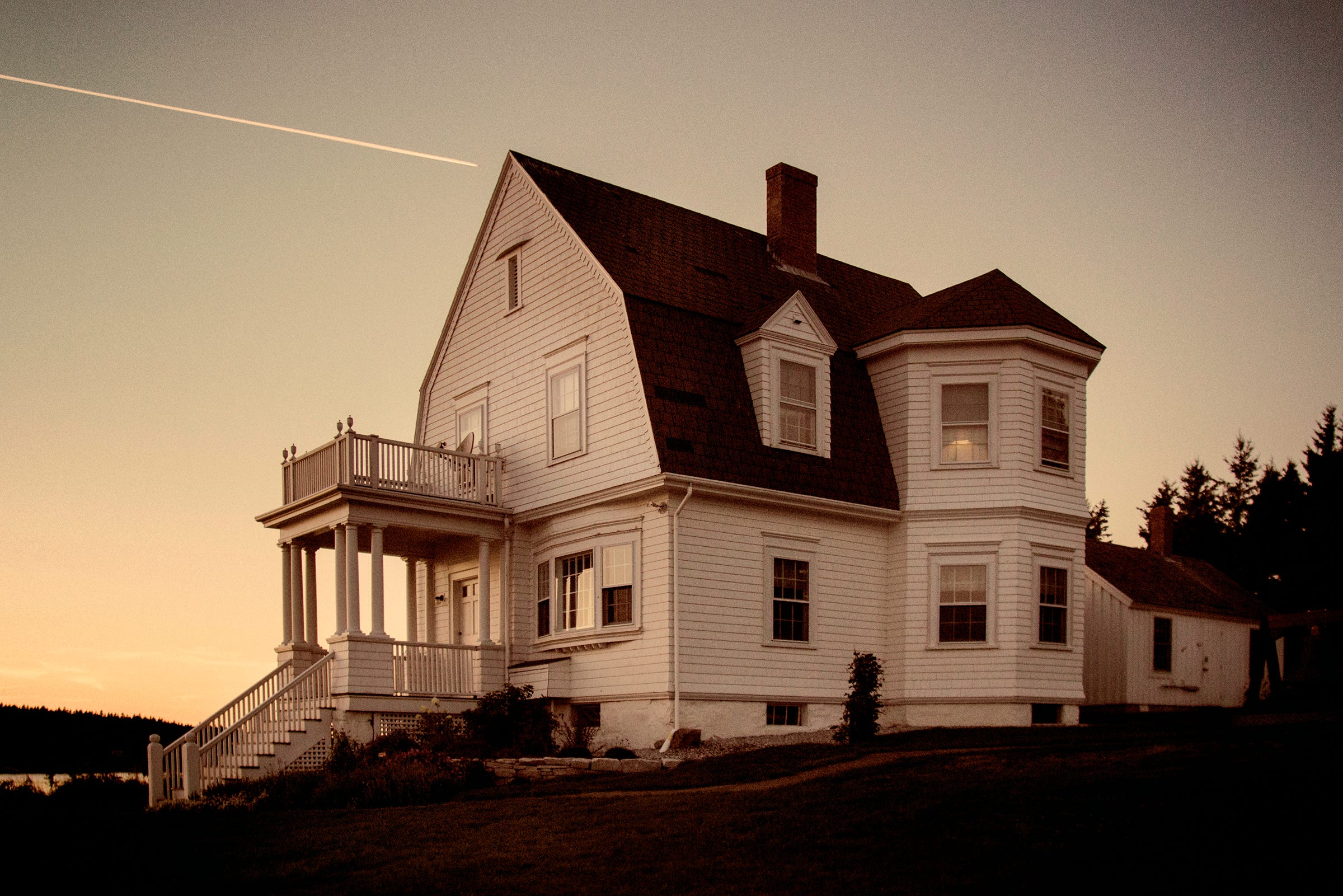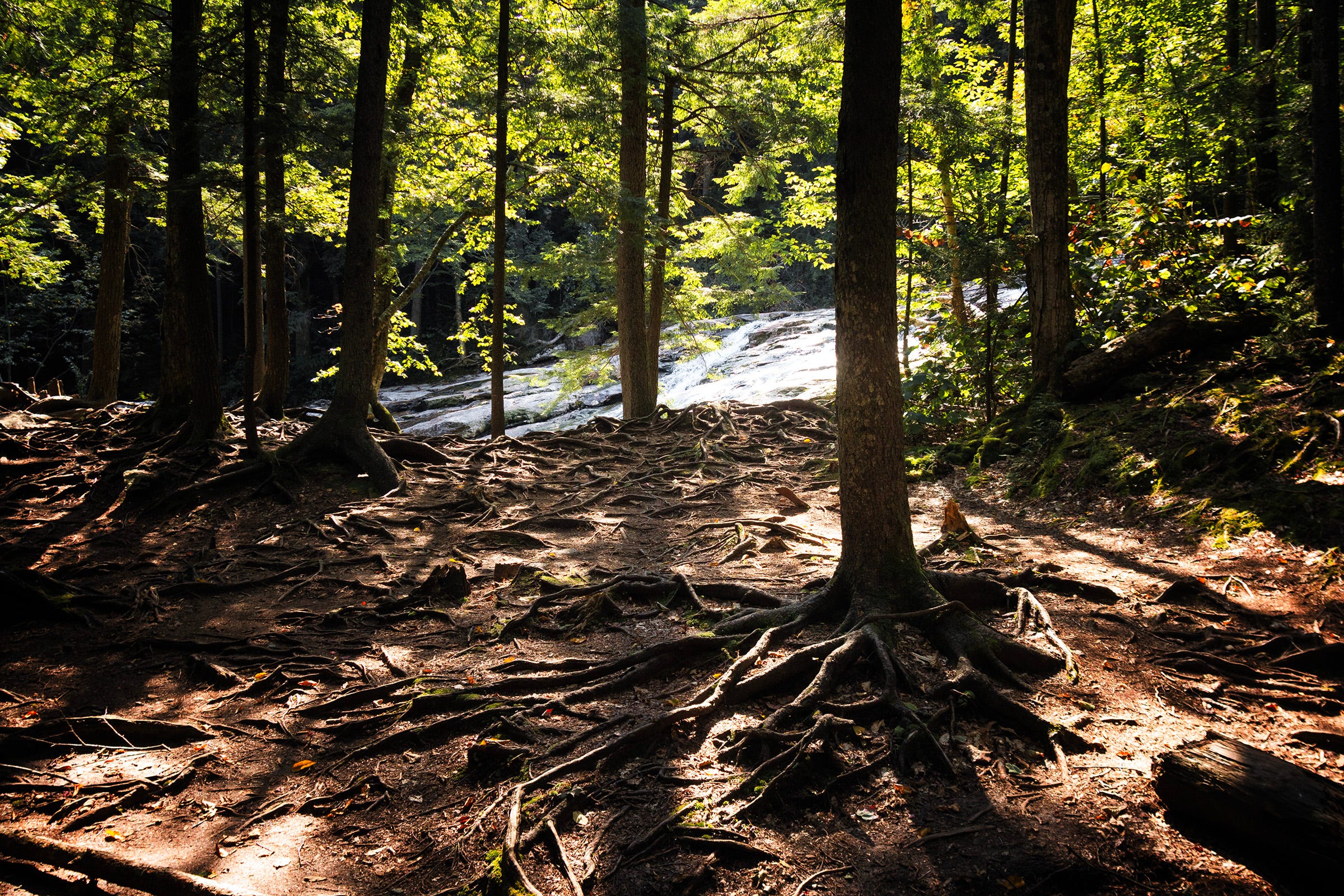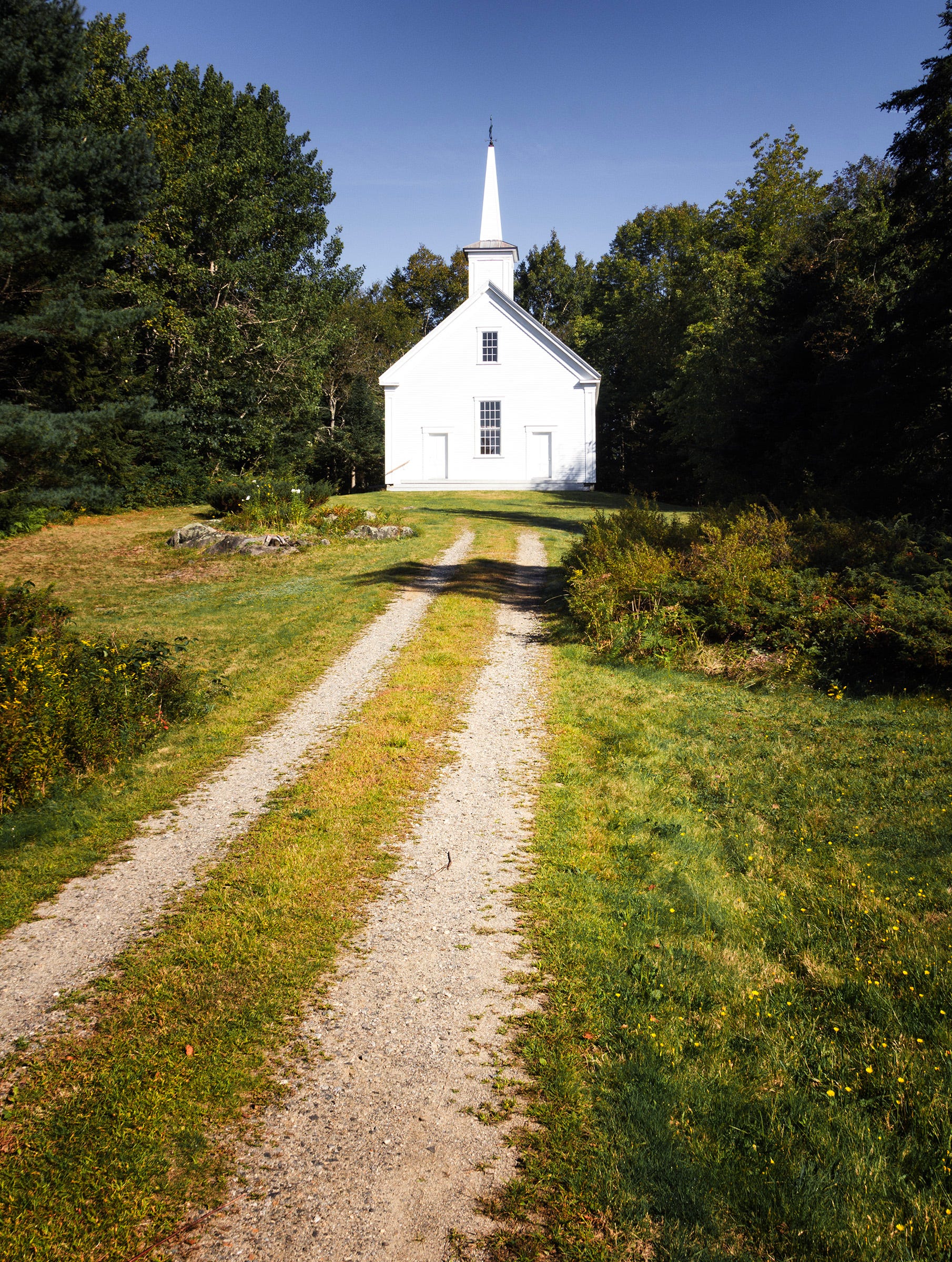Little Things Make Small Improvements That That Lead to Huge Growth
A few subtle tricks to try to strengthen your photography.
Hi, and welcome to my little Substack corner. I write about photography, art, design, and the craft of living creatively. I am glad you are here. Consider subscribing to keep up with what I am doing. I promise not to bore you. If you would like to support my efforts, that would be amazing and so appreciated. Either way, I am super happy you are here.
I recently wrote an article on Medium, “10 Subtle Things You Can Do to Become a Slightly Better Photographer” that you can read here. (All my Medium writing is open to the public, with no paywall.)
In it I gave some specific actions with the camera that can help incrementally boost a photographer’s work.
This list is more philosophical and in-your-head stuff, although there are some that include working with the gear at some level.
The images I am using in this post are from a trip to Maine and were from a book project. These images were not used in the book.
I had a blast in Maine, and am planning for another trip next year.
So here we go with ten small things that can make a big difference in your photography over time.
Take longer to frame each shot
What’s the hurry, dudes and dudettes? Give yourself a few extra seconds before pressing the shutter. Move slightly, adjust your angle, and refine the composition. Sometimes it’s that extra moment of patience that makes all the difference. Imagine that each image you take costs you $12.43. Shoot accordingly.Shoot through objects to create layers
Find something to shoot through—branches, glass, or even fabric. This subtle technique adds depth and complexity to your images, drawing viewers deeper into the scene. I use silk stockings (harder to find these days), cellophane, and occasionally twigs I find laying about.Observe without your camera
Spend 10 minutes just watching light and shadow without lifting your camera. This trains your eye to notice the subtleties of light before you even start shooting. This also works while waiting for traffic, or marching bands who may be taking too long doing their Herb Alpert trilogy on 4th of July.Underexpose by half a stop
Underexposing your image slightly can preserve highlights and create a moodier, more dramatic effect. It’s a small adjustment that can have a big impact on the final image. Even though I shoot digital, I play with underexposure as a visual technique. Rarely does overexposure work for me.Shoot in bursts, then slow down
Take a rapid burst of shots, then slow down. This allows you to capture fleeting moments without overdoing it, while also giving you time to refine your vision between shots. I do this a lot with portraits, and adding it a bit to my environmentals to try and achieve a more dynamic set of photos for diptychs or triptychs.Move your feet before your zoom
Instead of zooming in or out, take a few steps closer or farther away. This subtle physical movement can change the relationship between your subject and its surroundings in unexpected ways. Changing distance with the camera is different than zooming. Unless you are on the edge of the Grand Canyon. Then use your zoom. S’all good.Be conscious of background noise in your shots
Before you shoot, check for visual clutter in the background. Even a small adjustment—like lowering your angle or shifting to the side—can eliminate distractions that take away from the impact of your subject. Squatting down lowers the horizon. DoF can change the clutter to soft shapes and colors. You can get off your butt and go move that garbage can out of your frame. Just sayin’.Edit your photos with fresh eyes
Wait at least a day after a shoot before diving into editing. Looking at your images with fresh eyes lets you see them more objectively and make subtle but meaningful improvements. Then try a week. I know, I know. The hell of waiting. I have stopped taking my laptop on road trips, preferring to wait until I get home to download the images. This works for me on a lot of levels. I bring less of the “when I was shooting” baggage along.Start with natural light, then add artificial light
Before reaching for your flash or studio lights, take a few test shots with just natural light. Understanding the natural light in a space allows you to use artificial light in a way that complements rather than overwhelms it. I call this sketching. I sketch the shot without lighting it. I want to see the items in position, the background and all that stuff. High ISO makes it possible. And it actually shortens my setup time by letting me see what is there before I get to the shooting.Ask yourself “Why?” before you shoot
Before you take a photo, ask yourself why you're drawn to the scene. This small act of reflection helps refine your intention, resulting in images that may be more meaningful and purposeful. Along with “Why” ask yourself if anyone with a camera could shoot this image. If the answer is yes, what are you going to do to make it less of an obvious image and more of a “you” image?
Try some of these ideas and let them help you grow. They should work for every photographer, and I hope they work for you as well.
See you all next time.
Food As Art Portfolio Workshop
AN 8-WEEK WORKSHOP FOR TABLETOP PHOTOGRAPHERS
From Shitake Mushrooms to the lowliest turnip, there is much to discover in the realm of food photography. This class will introduce you to many ways of shooting food that you may not have thought of.
Come along with us and make photographs every week exploring the endlessly inspiring art of food and food photography.
All you need is a camera and some light.
When you are ready, here is how I can help you succeed.
Group Mentorship: a small group of photographers who meet to show images, work on their portfolio, and build their businesses with help from a wonderful group. Lifetime membership for one fee.
One-on-one Mentorship: You and me - working together in an intense 6-month push to get you on the way to over $30K in additional revenue. The work we lay down will help you increase and scale your business for years ahead.
Thank you for supporting my work.







